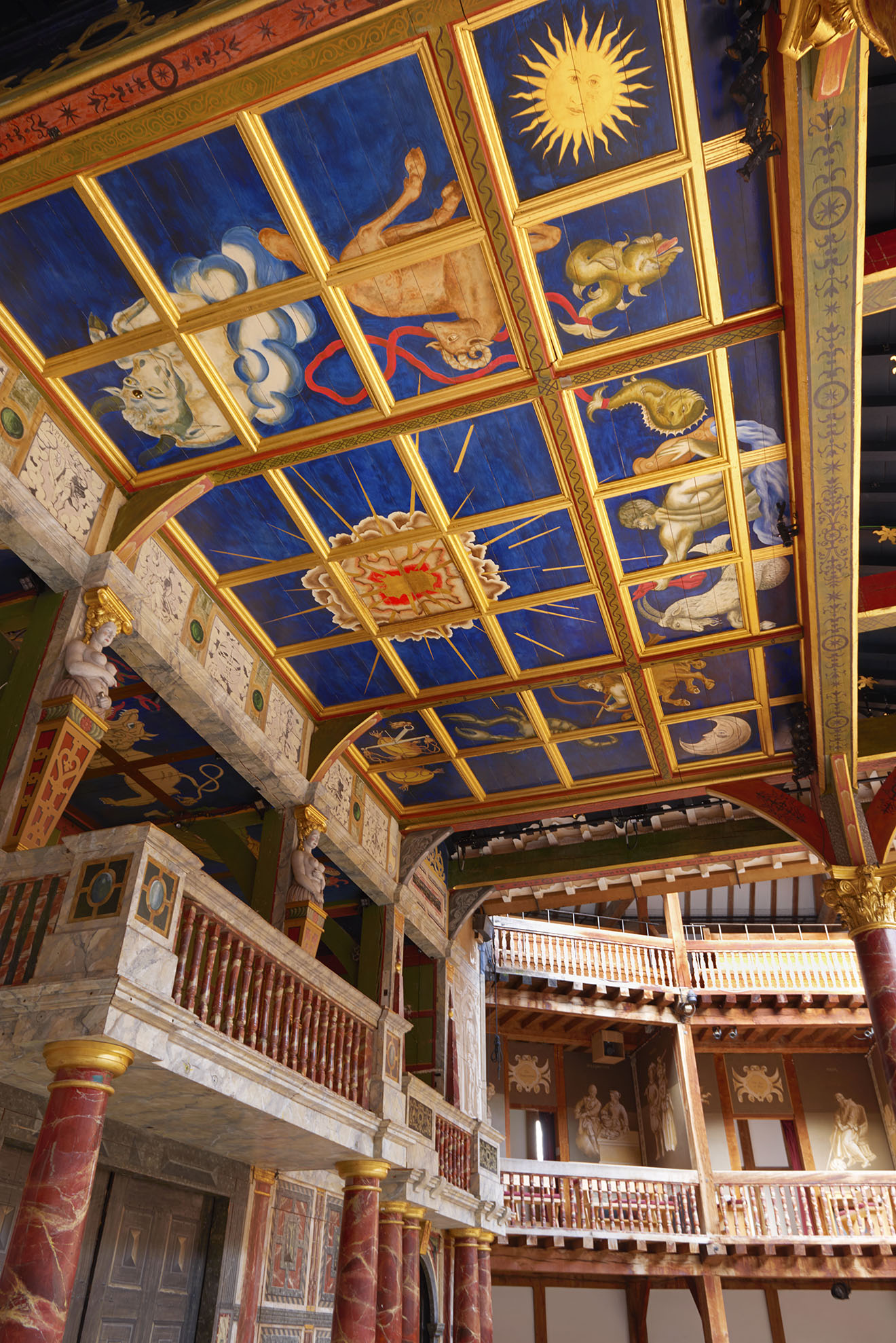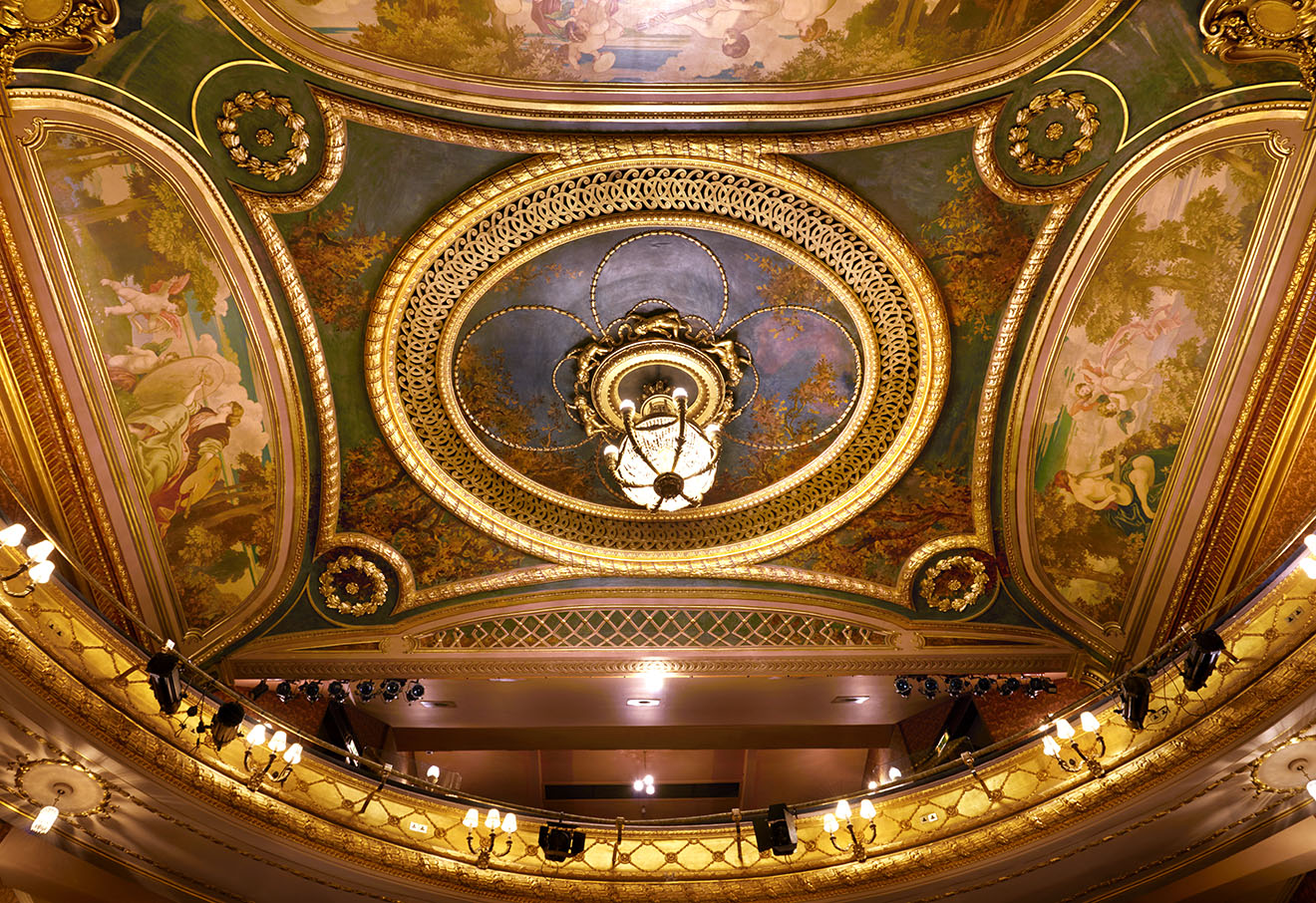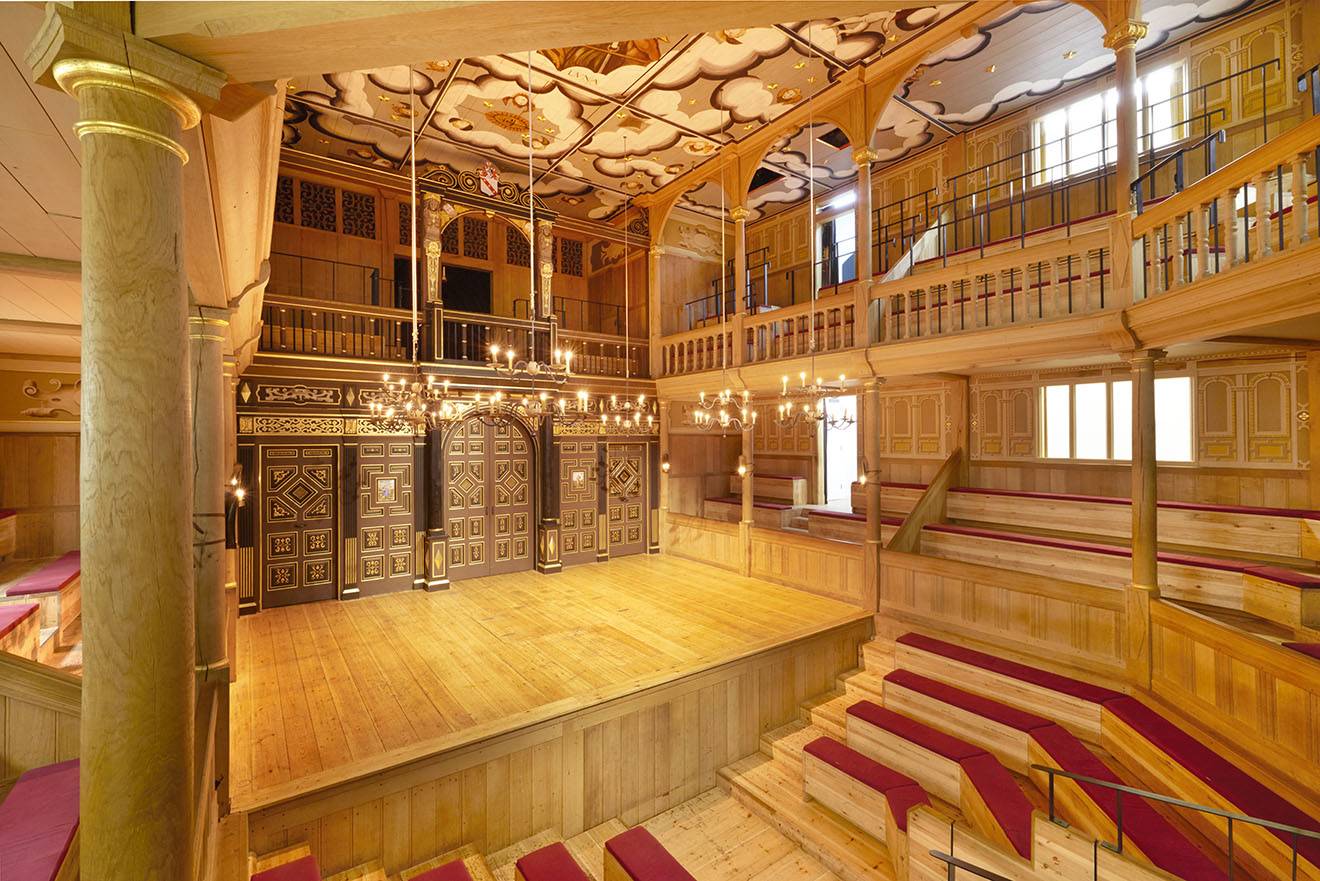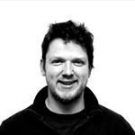The magic of London’s theatres, encapsulated perfectly by Peter Dazeley and Mark Rylance
Photographer Peter Dazeley has carved out a niche as a chonicler of London, providing views of the city that most people would never have a chance to see. Now, he's turned his attention to the city's beautiful old theatres.

Dazeley has taken pictures of 47 of London's theatres, including world-famous venues such as the Haymarket, Coliseum and Covent Garden Opera House.
It's not just the venerable old places that he's focused on, however: there are also images of newer sites including the National Theatre and the Young Vic, as well as the recently-opened The Other Palace. We'll leave it up to you as to whether you count Shakespeare's Globe as one of the newer or one of the older theatres featured...
The pictures are accompanied by words from theatre critic Michael Coveney (formerly of the Observer and Daily Mail) telling stories of each of the places and discussing the architecture.

There is also a truly clever and thoughtful foreword from the actor, director and playwright Mark Rylance, discussing the things which are needed to make a theatre.
"In a theatre you need to hear the truth. In a cinema you need to see it," he writes.
"In a theatre, no one can get as close as a camera, many are more than ten rows away so the actors’ eyes are distant. The thought and emotion need to be heard in the voice. The eyes are important in the theatre but at distance the body even more so."
He also points out that pre-electrical lighting bore no relation to what actors have today – "footlights and such would have given some visual dominance to the stage but nothing like the blazing stage we now witness, or darkened auditorium" – hence the focus on the voice, something which lasts until this day.
Exquisite houses, the beauty of Nature, and how to get the most from your life, straight to your inbox.
"We clap our hands and make funny noises when we first walk out onto a stage, any stage, to check the acoustics. I also look up at the ceiling. In my experience, the best of these old theatres always have some circular device in their ornate ceiling.

"I once toured Hamlet to eleven different cities in Britain playing all the old theatres, the King’s in Glasgow, the Palace in Manchester, the Olympia in Dublin. I learned to look up as soon as I arrived on Monday morning and when I saw a circular pattern in the ceiling above the auditorium, I knew we would be all right that week."
Rylance adds that circular design goes beyond the importance of sound - there's something magical in the circle itself, akin to a group of people sitting round a fire and swapping tales in "the earliest story-telling theatre known to man", as he calls it.
"It wasn’t just that the acoustics were probably problematic but that it was going to be harder to convince the audience that they were in the same room with us. We would be unconsciously perceived to be masters at the head of the table and they passive diners down the sides," Rylance explains.

"There is no top or bottom to a circular table or room. There is a centre and a circumference. The centre is invisible and the circumference visible. I feel the greatest theatres always have the irrational curve of a circle in their seating and design...
"They are not theatres in the round such as the Circle in the Square of New York or the Globe of Southwark. They are not even the semi-circle of a Greek amphitheatre, such as the Olivier at the National Theatre, but they haven’t forgotten their past."

Toby Keel is Country Life's Digital Director, and has been running the website and social media channels since 2016. A former sports journalist, he writes about property, cars, lifestyle, travel, nature.

